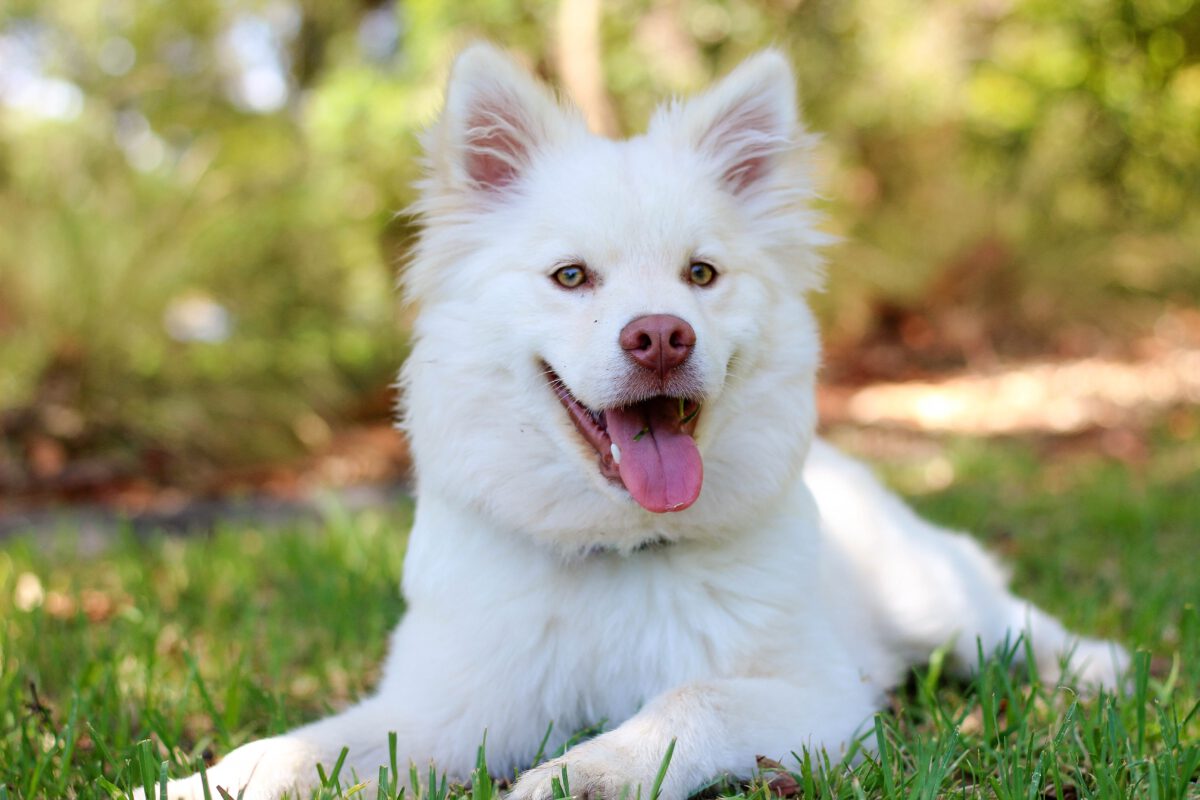Have you ever wondered why some dogs seem to be constantly picked on by others? As a former employee at a doggy daycare center, I observed this phenomenon firsthand. While most dogs would eagerly approach new arrivals, a select few seemed to invite bullying or even aggression. Despite their diverse breeds, sizes, and colors, these dogs consistently found themselves at the receiving end of unwarranted attention. It was as if they were wearing an invisible sign that said, “Kick me.” But what could be the reason behind this peculiar behavior?
Unraveling the Mystery: Canine Body Language
It’s natural to assume that the targeted dogs displayed some sort of body language that triggered the bullying behavior. In some cases, this was indeed true. Certain dogs would exhibit signs of insecurity or submissiveness, provoking their peers to assert dominance. However, there were instances where even the most vigilant observers couldn’t pinpoint any specific cues. These dogs appeared confident, approached others without hesitation, and yet faced relentless bullying. It was a perplexing phenomenon that left us questioning its cause.
Insecurity: The Unseen Invitation
To draw a parallel, think of children who are consistently bullied at school. Often, these children come from homes where they lack adequate parental support, leading to feelings of insecurity and self-doubt. Even without overtly showing signs of vulnerability, they become easy targets for their peers. The same principle may apply to dogs. If dogs can sense danger from their canine counterparts, then it’s plausible that they can also pick up on feelings of insecurity. Just as certain dogs at the park receive an unspoken wide berth, these dogs emit an “insecure vibe” that invites bullying behavior.

Image sourced from Pexels
Understanding Canine Communication
Perhaps dogs communicate on a level that our human senses fail to detect. Signals so subtle that we overlook them, but that dogs can perceive with ease. Imagine reviewing video footage that captures these minuscule cues; it’s plausible that we would then notice the hidden language of dogs. Alternatively, it could be that certain dogs simply emit a particular type of energy that resonates with their peers. While these theories require further exploration, they offer a compelling explanation for this interesting phenomenon.
Frequently Asked Questions
Do certain breeds of dogs experience more bullying than others?
No, the occurrence of bullying does not appear to be dependent on a dog’s breed. Dogs of various breeds, sizes, and colors have been observed to both invite and experience bullying behavior.
Can training help prevent dogs from being bullied?
Training can play a significant role in a dog’s behavior and confidence levels. By providing proper socialization and training, owners can help their dogs develop the skills to navigate different social situations, potentially reducing the likelihood of bullying.
How can I help my dog if it is being bullied?
If you notice that your dog is being targeted by other dogs, it’s essential to intervene and create a safe environment for your pet. Consult with a professional dog trainer or behaviorist who can provide guidance on managing the situation and equipping your dog with the necessary skills to handle social interactions.
Are there any signs that indicate a dog is feeling insecure or vulnerable?
Yes, dogs may display a range of behaviors when feeling insecure or vulnerable. These can include excessive panting, tail tucking, avoiding eye contact, trembling, or seeking close proximity to their owner. However, it’s important to note that not all insecure dogs exhibit these signs, and some may display confident behavior despite their inner insecurities.
Conclusion
Understanding why some dogs are prone to being bullied by their peers is a complex matter. While canine body language plays a significant role, the presence of hidden signals or energy that dogs can detect cannot be ruled out. It’s crucial for dog owners and enthusiasts to continue studying canine behavior to create more inclusive and harmonious environments for our four-legged friends.
Remember, if you observe signs of bullying or insecurity in your own dog, seek guidance from professionals to ensure their well-being and happiness.
For more information on understanding and caring for your dog, visit Pawsoha.